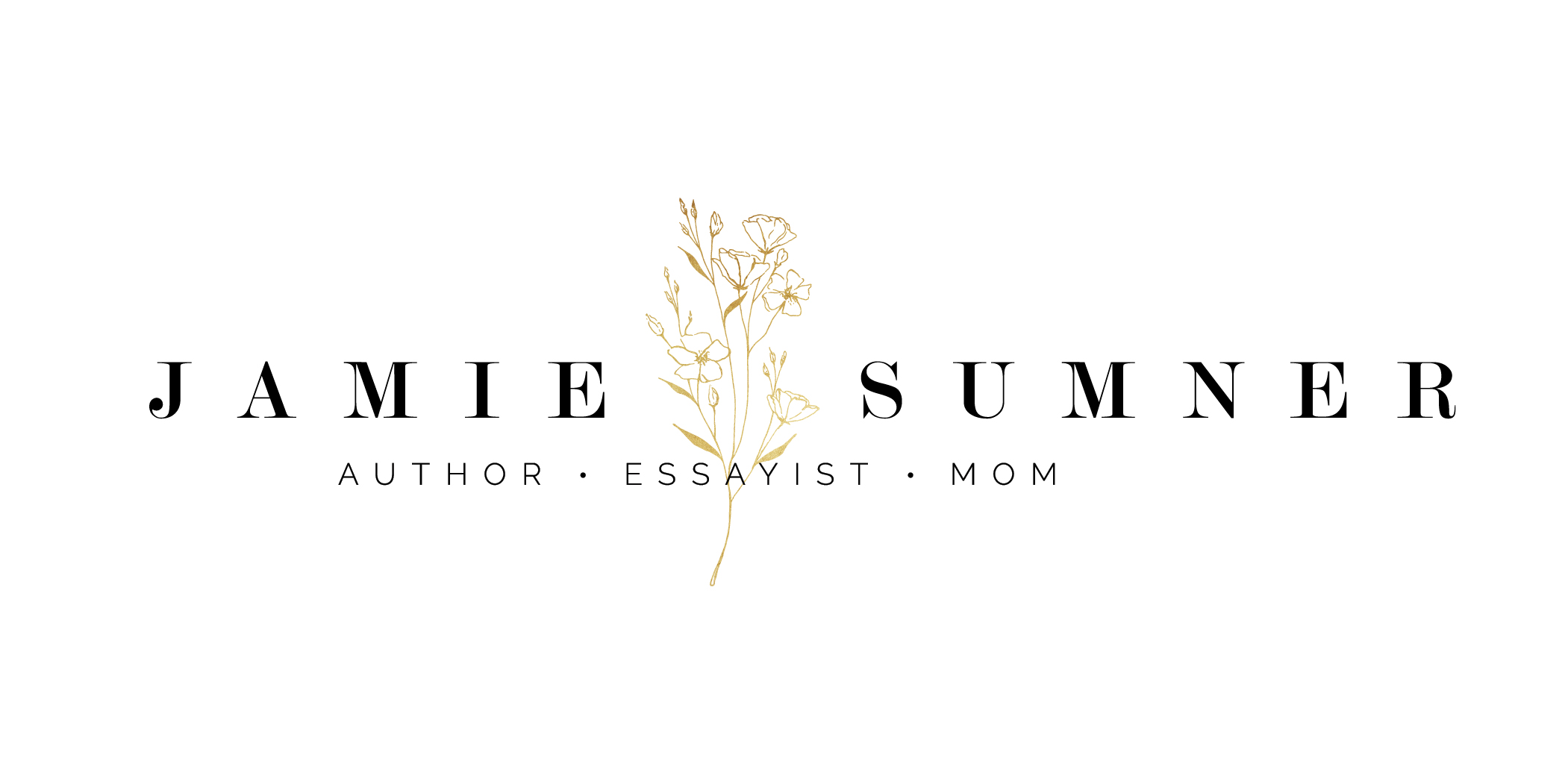
“Health at Every Size” is about So Much More than Size
I grew up working in the yard. This wasn’t making daisy chains and dancing through the daffodils. This was dirt under your fingernails and grubs in the mud. By five I was the designated mulch spreader, by eight the lawn mower, by ten the the edger and weed eater. Adolescence saw me earning every penny of my ten-dollar allowance through sweat and blisters and grass stains. I never thought of it as exercise though. It was work and it felt good—the kind of work that lead to cleared earth and achy muscles proving that something had been accomplished. I didn’t need numbers on a treadmill or FitBit to tell me I’d moved my body.
Somewhere along the way though, exercise turned statistical. Twenty minutes to jog. Heartrate to remain at 150 beats per minute. Five times a week. Give or take. It became a thing to check off the list—the thing to keep cholesterol and high blood pressure at bay. For most of my twenties my routine could have been graphed and given gold stars. And then I had kids. Kids set fire to those trends just to watch them burn. They don’t care about your heart health as long as you can still swing them by their ankles and engineer a dinner.

But for our generation and all the ones to follow, exercise is crucial. In children, it increases cognitive function, lowers risks for obesity, builds strong muscles and bones, and gets all that frenetic energy out. Everybody knows the benefits. But here’s the catch: I have a son with cerebral palsy who gets from point to point in a wheelchair. Our movements are not going to be the ones outlined by the Department of Health. We’re not going to be doing family relay races and kid’s CrossFit, which leads me back to the beginning, back to my early yard-working days, and to what exercise was before it became a program to follow. Exercise is movement. It is meant to work the body. How and by what means we choose to do this is entirely up to us.
 The Health at Every Size Movement (HAES) is often attached to body weight. From apple to pear to string bean, whatever shape you take, love it. But I’d argue it’s more about loving what your body can do more than what it looks like. HAES believes “our social characteristics, such as our size, race, national origin, sexuality, gender, disability status, and other attributes, are assets.” What would it look like to believe the thing that sets you apart from others is actually a benefit? In light of this, everything, including exercise, could be more about exploration than domination. Instead of exercise, we could engage in “Life-Enhancing Movement…physical activities that allow people of all sizes, abilities, and interests to engage in enjoyable movement, to the degree that they choose.” This, they say, is how exercise needs to be re-defined. Forget the hot yoga and go frolic on the beach. Forget the PureBarre and play tag with your kids.
The Health at Every Size Movement (HAES) is often attached to body weight. From apple to pear to string bean, whatever shape you take, love it. But I’d argue it’s more about loving what your body can do more than what it looks like. HAES believes “our social characteristics, such as our size, race, national origin, sexuality, gender, disability status, and other attributes, are assets.” What would it look like to believe the thing that sets you apart from others is actually a benefit? In light of this, everything, including exercise, could be more about exploration than domination. Instead of exercise, we could engage in “Life-Enhancing Movement…physical activities that allow people of all sizes, abilities, and interests to engage in enjoyable movement, to the degree that they choose.” This, they say, is how exercise needs to be re-defined. Forget the hot yoga and go frolic on the beach. Forget the PureBarre and play tag with your kids.
For us, this looks like family sessions of deep stretches on the living room floor to the tunes of Paul Simon. It’s horseback riding and swimming—all the things we can do together. We’re not in it to win it; we’re just moving to move. We don’t call it exercise either. HAES argues that “the word ‘exercise’ seems to conjure up a ‘pay your dues’ mentality and may not necessarily have a pleasant feeling associated with it. The word ‘movement’ creates possibilities. It opens up more choices and options.” That’s all we want—options for how we make our bodies work.
As a society, we know all the “rules” for keeping healthy. We know what the experts and fitness gurus say. But I’d argue that we’re missing the fundamental point: appreciating our ability to move. The body is miraculous in all it does and in all the ways it compensates for the things we cannot do. Health at Every Size, for us, has become “health at every capability.” Any parent recognizes what their kids can and cannot do and chooses the things that will support them. We want their lives to be a celebration of opportunity. I don’t want my kids to see statistics when they think about exercise. Instead, I want them to see a series of chances to discover what they can do. That’s what exercise has become for us, a choose-your-own-adventure series with limitless possibilities.



